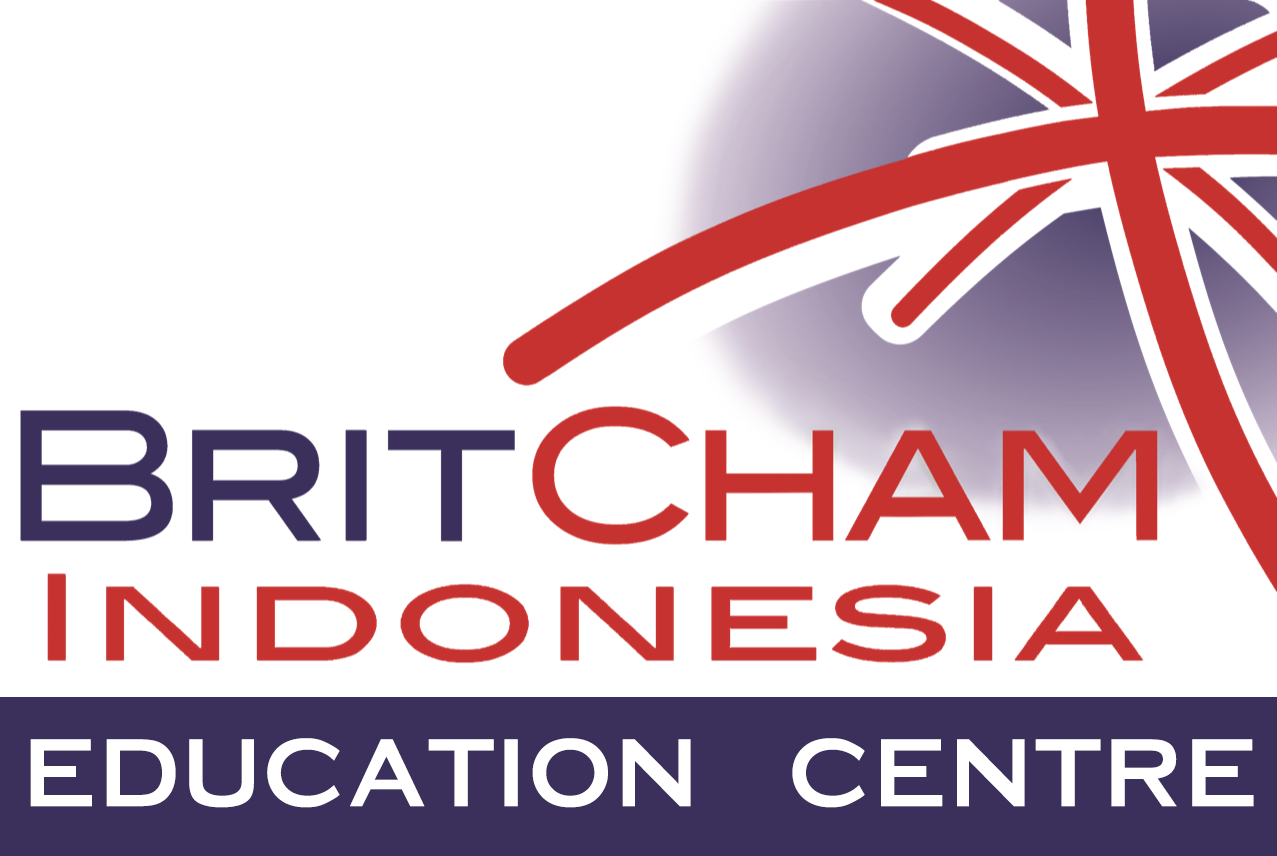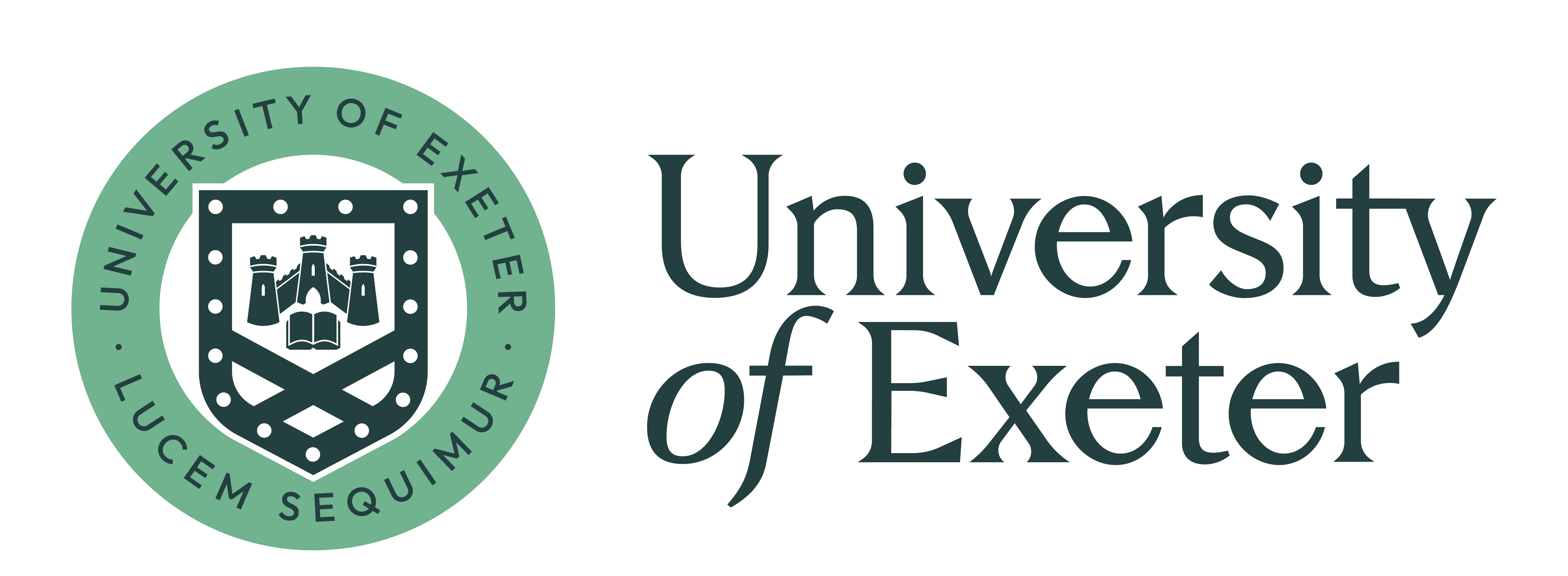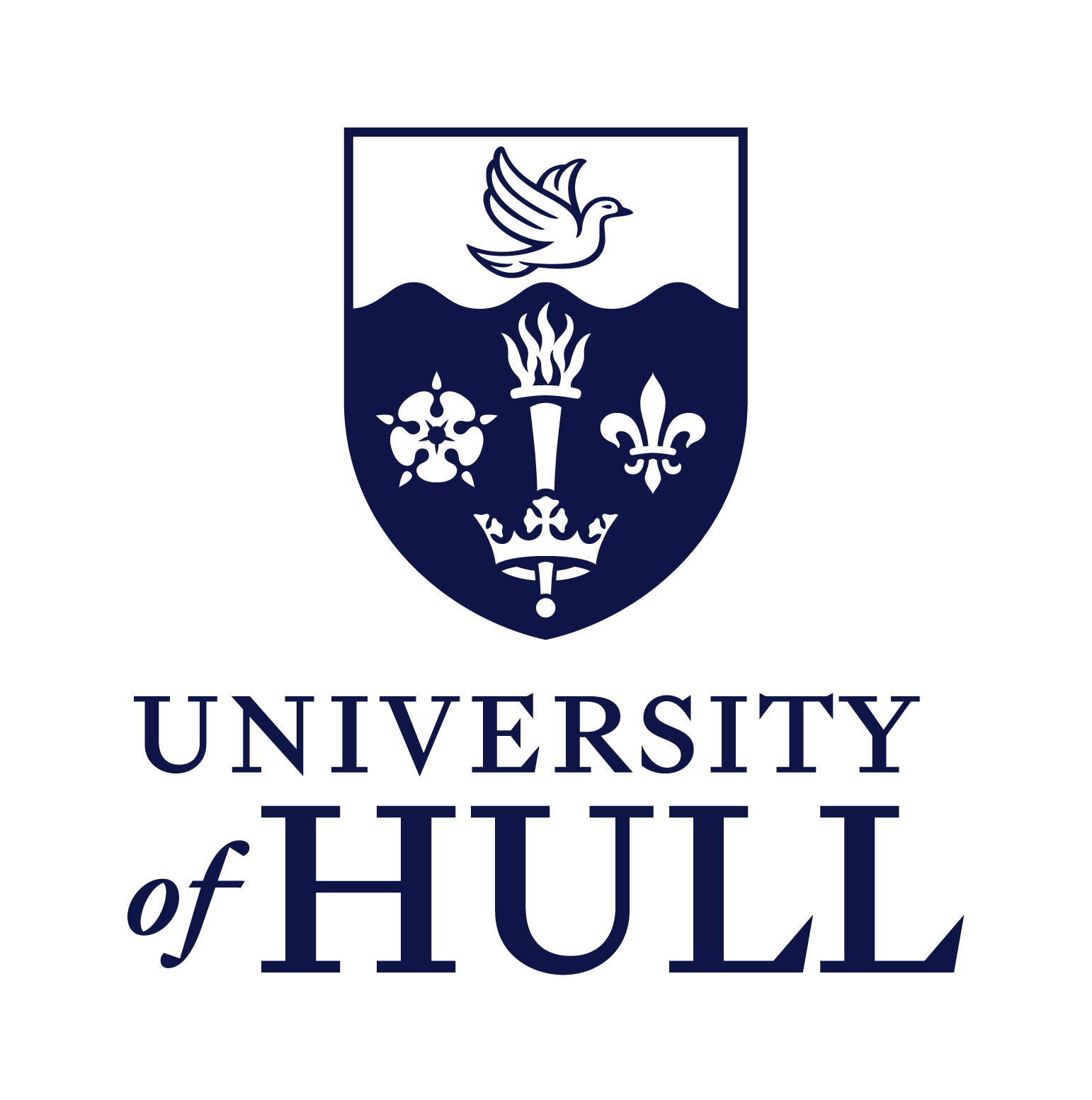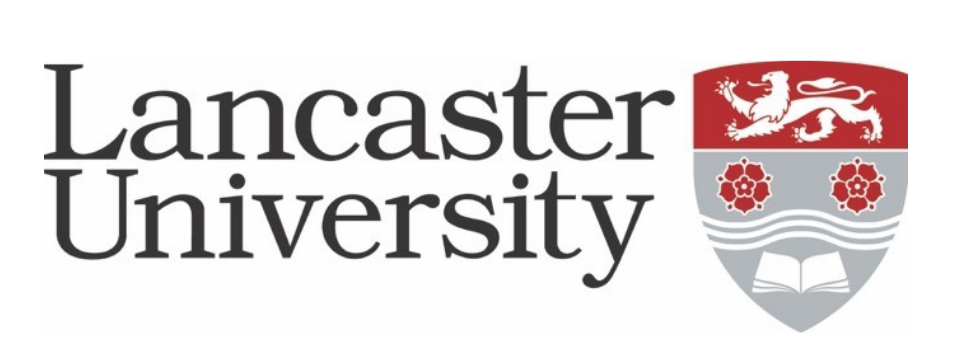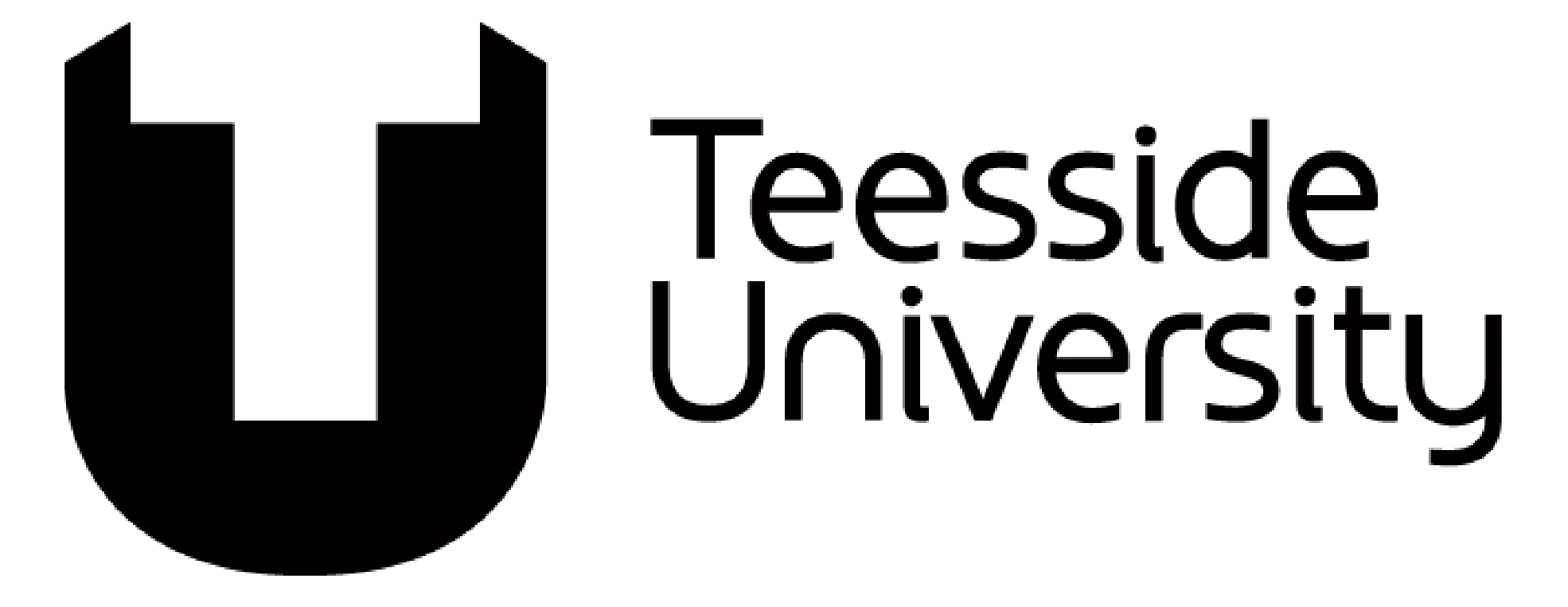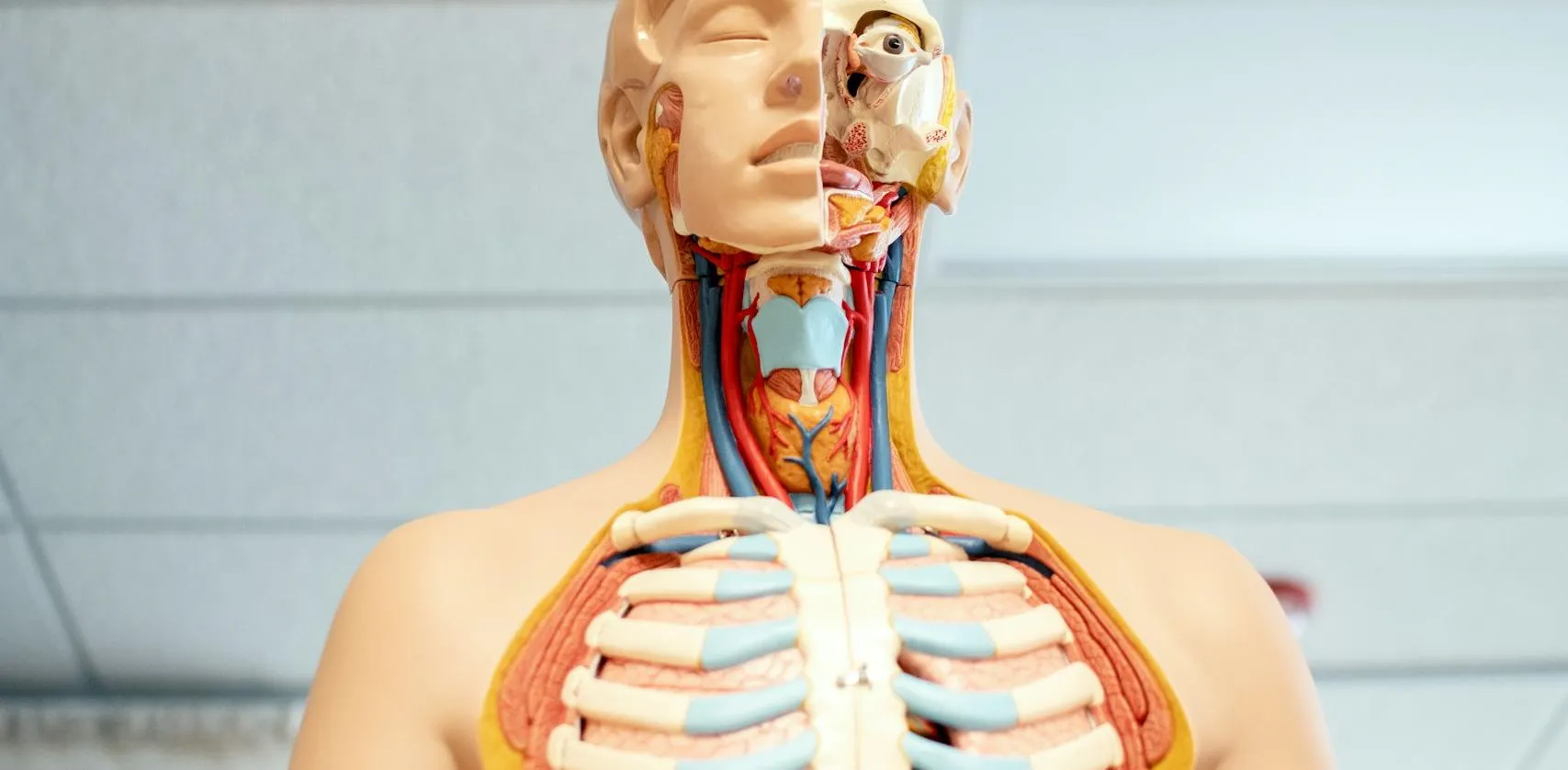
The University of Hull Education Strategy 2020-2025 encourages implementing innovative, evidence informed teaching practices and collaborative approaches that bring together academic staff and promote inclusivity. This blog reports on an initiative that sees both of these elements realised as an anatomy teaching and resource collaboration between the School of Sport, Exercise and Rehabilitation Sciences and Hull York Medical School, involving embedding weekly body donor lab sessions into a Sport Rehabilitation Human Anatomy module.
Background
Sport Rehabilitation is a regulated healthcare profession focusing on injury assessment, management and prevention. The undergraduate degree programme begins with an L4 Human Anatomy module, which holds great importance, as anatomy plays a vital role in the foundations of healthcare education and adequate knowledge is essential for safe and effective practice (Cheung et al., 2021; Shead et al., 2020; Turhan, 2020). Anatomy is challenging to learn, and traditionally students struggle with the scientific nature of the topic and the high volume of factual information in their first trimester of university study. It is argued that anatomy teaching within Sport Rehabilitation may benefit from additional interactivity to enhance student motivation and academic learning (Terrell, 2006; Turhan, 2020).
Various methods are used to teach anatomy to sport rehabilitation students, including surface anatomy demonstrations, lectures/seminars, textbooks, and models; however, learning using human body donors is uncommon despite being considered the 'gold standard' in anatomy education for healthcare more widely (Mutalik & Belsare, 2016; Narnaware & Neumeier, 2021). Prosections (professionally dissected specimens) are an effective way to learn using body donors, given their resource efficiency and region specificity, and are often a manageable step for students unfamiliar with this type of tissue (Koh et al., 2023). Using body donors as part of anatomy education allows students to consolidate textbook learning, reinforce anatomical concepts, and promote deeper learning and knowledge transfer by enabling them to explore tissue layers, relationships, structures, and functions (Cheung et al., 2021). They have also been found to improve student outcomes and contribute to a rich hidden curriculum that develops students' humanity, empathy, and professional attitudes (Anyanwu & Ugochukwu, 2010; Leeper et al., 2024; McGarvey et al., 2015; Wu et al., 2022).
Process
Before the start of the 23/24 academic year, I contacted Kat to discuss the possibility of utilising the resources available within the Centre for Anatomical and Human Sciences. Kat and I met regularly to discuss how the collaboration could work with regard to staffing, lab space, and resource availability. We then timetabled weekly body donor lab sessions within the Sport Rehabilitation Human Anatomy module for an eight-week period during trimester one. Before the first body donor lab, Kat provided the Sport Rehabilitation teaching team with the opportunity to attend three 'upskill' sessions to increase their confidence in working with human tissue and to gain an understanding of the historical and ethical contexts of working with human body donors. This enabled the Sport Rehabilitation team to facilitate the lab sessions more effectively. Kat and I also continued working together to develop and finalise resources for the sessions.
Each body donor lab session focused on the area of the body covered during the previous teaching week to allow time for the consolidation of knowledge. Sessions involved approximately 35 students across two connecting lab spaces, a dry lab area containing models and diagrams, and the anatomy facility containing prosections. We provided laminated sheets with structures lists, basic tasks, and labelled diagrams next to prosection stations to guide students struggling to apply their theoretical and surface anatomy to the human tissue.
Sessions were self-paced so students could move between the two lab spaces and individual stations at their leisure. At least two Sport Rehabilitation staff were present in each session to answer questions, encourage engagement, and ensure rules and regulations were adhered to, but did not complete any didactic teaching.
Impact
The students were asked to complete an evaluation survey during the final session. They reported various benefits, including a greater ability to understand the relationships between structures and link structure to function, enhanced revision and learning reinforcement, and better knowledge and understanding overall. Some specific comments read:
"It has been such a good way to help me visualise what the muscles/bones etc. actually look like. It has really helped me get a better understanding of human anatomy in general"
"It has benefitted my knowledge of the locations of structures, origins and insertions and how everything is linked together"
"Better than any textbook and the whole experience was truly fascinating and worthwhile"
On average, students strongly agreed (4.6/5) with all Likert-scale statements within the evaluation survey, as seen below. 59% also indicated that knowing body donor lab sessions would be part of the Human Anatomy module would have made them more likely to choose to study at Hull when selecting a university. Students demonstrated greater autonomy and self-management with regards to anatomy learning throughout the sessions, and staff observed an increase in students' compassion and respect for body donation and human tissue.
Reflections
The 'upskill' sessions led by Kat were invaluable in ensuring that the sport rehabilitation staff were adequately prepared to facilitate the sessions; it would be helpful for others considering cross-school collaborations to offer and/or undertake similar development opportunities where possible. The self-paced nature of the module's sessions worked remarkably well, with student awareness of how to most effectively use their time increasing as the weeks progressed. Making students aware of the sessions' self-paced nature in advance helped ensure they arrived with an idea of what they would like to get out of the session and how they could best manage their time to achieve this. Given that Sport Rehabilitation was the programme of study for the students involved here, there was the potential for the body donor lab sessions to have had more of a musculoskeletal injury focus. Therefore, for the 24/25 academic year, short tasks that require students to link anatomical structures to common injuries will be added to the session resources. Overall, the collaboration has been an excellent development opportunity for students, as highlighted in the earlier evaluation feedback, but also the staff involved. Invaluable working relationships have formed that have already resulted in support provision and additional projects, and will hopefully lead towards wider institutional impact in the future.
